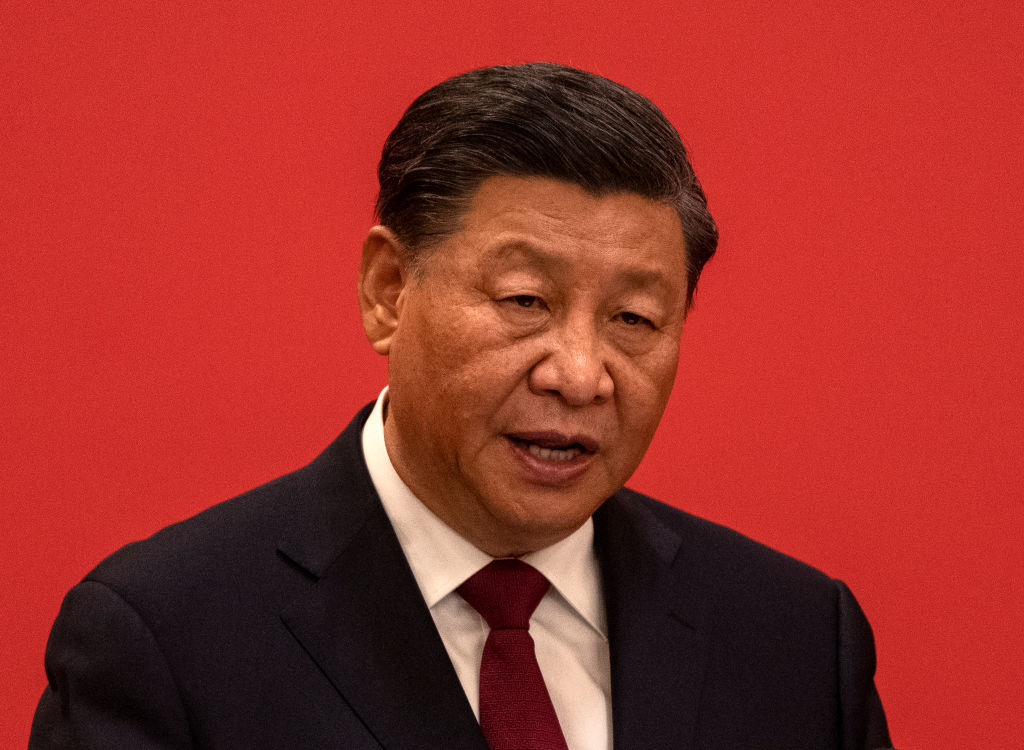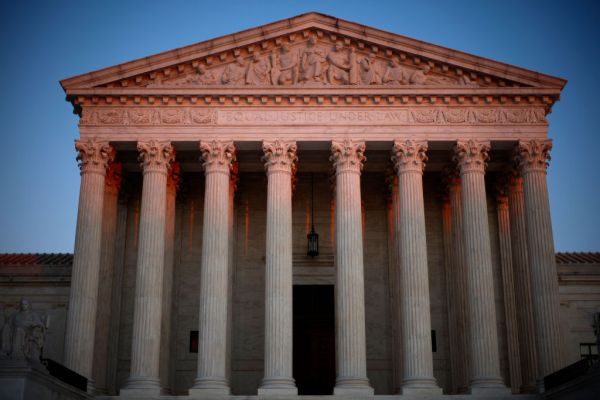U.S. Strategic Command (STRATCOM), the military organization charged with overseeing the U.S. nuclear arsenal, informed Congress earlier this month that it believes China now has more intercontinental ballistic missile (ICBM) launchers than the U.S. This news would have gained more attention if not for the sightings of China’s spy balloon—which, ironically, flew over an American ICBM base and STRATCOM headquarters in Nebraska.
While China’s intrusion into U.S. airspace is a concerning tactical threat, its growing nuclear arsenal is a more important strategic threat. That expansion—and how the U.S. should respond—has prompted a growing debate. Some analysts downplayed the news, saying the ICBM launcher finding was expected; and that the threat was being overhyped since the launchers may not be filled with missiles. Some members of Congress, however, said the finding should serve as “a wake-up call” about China’s ambitions and the importance of adjusting to the growing threat.
Both sides acknowledge that China has made a sharp break from its previous relatively restrained nuclear activity, but where they diverge is over the question of whether the recent nuclear breakout should fundamentally alter U.S. defense strategy generally, and its nuclear policy and forces specifically. The question is not just about the long-term threat to the U.S. and its allies, but the more immediate threat of whether China’s expanded nuclear forces signal a growing chance of war, specifically in the Taiwan Strait.
Three aspects of China’s nuclear breakout warrant attention.
First, rather than tweak its nuclear strategy, China appears to have adopted a completely different one. From 1964, when it successfully tested its first atomic weapon, until recently, China remained committed to maintaining a nuclear arsenal of a few hundred weapons. To the extent they were aimed at the United States, those weapons were likely meant to strike U.S. cities in the event of a conflict—a strategy called “minimum deterrence.” For this strategy, China needed only to threaten the possibility of America losing some of its most populated cities, eschewing the targeting of American military power.
China’s rapid buildup of nuclear launchers and warheads signals it is shifting toward a “counterforce” type strategy in which targeting America’s military power is the central element, which requires more forces than would be necessary to strike soft targets like cities. These strategies are practically polar opposites, making the sudden shift from one to the other unprecedented in the history of nuclear-armed states.
Second, the scale of China’s nuclear ambitions is remarkable. The Pentagon believes China has more than 400 nuclear warheads now, and could have more than 1,500 by 2035 if it “continues the pace of its nuclear modernization.” China’s industrial capacity to quadruple the size of its nuclear stockpile in just over a decade is an impressive capability—but the fact is, it is just getting started. China will likely improve and refine its methods over time for warhead and missile production—making the Pentagon’s qualification of China “continuing” its pace highly contingent and uncertain.
Third, and perhaps most important, the speed of China’s nuclear expansion keeps surprising the United States. In 2020, the Pentagon predicted China would double its nuclear arsenal, then estimated to be in the low 200s, by 2030. Only one year later, however, China was already passing that milestone. China’s ability to rapidly expand its nuclear arsenal at a large scale makes U.S. long-term force planning especially difficult.
Chinese leadership seems to believe the country needed a sudden change in strategy requiring many additional nuclear weapons built at an extremely rapid pace. Why? One could make a good case for a number of reasons: improved “great power” status internationally (in President Xi’s mind); a more credible deterrent against U.S. intervention in support of Taiwan; greater cover to conduct limited nuclear strikes regionally; a hedge against U.S. allies potentially beginning their own nuclear weapons programs in the future; or some combination.
To make matters worse, China’s nuclear expansion is stressing U.S. nuclear planning requirements at a time when America is least able to adapt its nuclear forces. The U.S. nuclear arsenal is, in a word, old. Its ICBMs average about 50 years old, its newest strategic submarine is 27 years old, and the newest B-52H bomber was delivered in 1962. America’s nuclear warheads are themselves no spring chickens. Replacing or augmenting these old systems would be less of a problem if the U.S. nuclear infrastructure could rapidly produce new systems, but it cannot.
Add on to these issues the fact that the United States believes Russia and North Korea will also continue expanding their nuclear weapons programs, with Iran potentially waiting in the wings, and it becomes obvious the United States is in a real quandary.
Some analysts may argue that the United States does not need to do much in response to these adverse nuclear developments, in effect, denying there is a real security problem for the United States. According to this line of thought, just the chance that nuclear escalation might occur in a conflict and result in millions of deaths on both sides should be deterrent enough. Yet, the United States has historically never been satisfied with that approach, since adversaries often manipulate the risk of escalation during a crisis or conflict to achieve political goals.
Some have argued that the United States should increase its nuclear arsenal size to hold at risk what they believe China and others value most—namely, their military forces, their ability to control their military forces, and the industrial bases that support those forces. The mere chance of nuclear escalation is not enough to deter, in this strategy; the opponent must believe the United States would strike its forces because it is in the U.S. national interest.
Finally, there are those who believe that adjustments in the U.S. nuclear force posture are necessary but not sufficient. A U.S. advantage in nuclear numbers does not necessarily mean an improved ability to deter attack if Russia or China believe the United States lacks the political will to employ nuclear weapons to defend its interests. To make U.S. threats more credible to Russia and China, the United States must modify its missile defense policy and posture to defeat their coercive strikes against the U.S. homeland. To use a metaphor, a boxer that can throw a mean right hook is scary, but one that can both throw a punch and block one effectively is even scarier—an opponent may take his chances with the former, but will likely pass on the latter.
Should the United States choose to counter the growing Chinese nuclear arsenal, it will likely need to make the decision very quickly. Most of the major Defense Department programs have acquisition cycles better measured in decades than in single years—and most of the ongoing U.S. nuclear modernization program requirements were set more than a decade ago with a much more benign threat environment in mind.
China’s nuclear breakout is stressing U.S. defense strategy and nuclear policy planning at a difficult time. But with some foresight, greater risk tolerance, and bipartisan support, American decision makers have an opportunity to chart a strategically wise path forward.






Please note that we at The Dispatch hold ourselves, our work, and our commenters to a higher standard than other places on the internet. We welcome comments that foster genuine debate or discussion—including comments critical of us or our work—but responses that include ad hominem attacks on fellow Dispatch members or are intended to stoke fear and anger may be moderated.
With your membership, you only have the ability to comment on The Morning Dispatch articles. Consider upgrading to join the conversation everywhere.